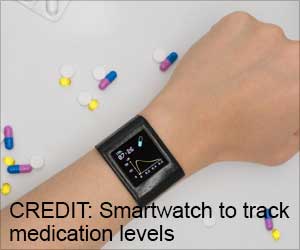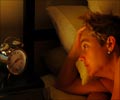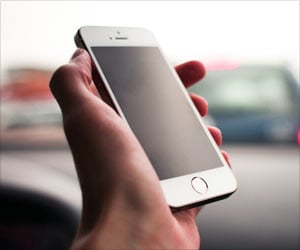Smartwatches have become helpful with multiple additional features. New research found a solution to eliminate the need for external charging by making human skin conduct power to charge these useful wearables.

‘The newly-designed wearables got 0.5 - 1 milliwatt (mW) of direct current (DC) power from the instrumented objects via the human skin. Contact with this amount of electricity is safer as per the regulations proposed by the International Commission on Non-Ionizing Radiation Protection (ICNIRP).’





This rationale made him and his team look for a solution that can eliminate the need for mere disconnection of smartwatches from users' bodies during sleep times. Human skin as a conductor
Lee joined hands with UMass Amherst wearable computing engineer Jeremy Gummeson and arrived at a plan of instrumenting daily objects, such as the office desk, chair, and car steering wheel, so that they can charge up any wearable device while the users interact with them.
Gummeson explains, "In this device, we have an electrode that couples to the human body, which you could think of as the red wire if you're thinking of a traditional battery with a pair of red and black wires."
The main idea behind this technology is to use human skin itself to charge any wearables that come into its contact.
Advertisement
They established the conventional black wire between two metal plates on a wearable device and an instrumented everyday object. This object can now become virtually connected with the device when the frequency of the energy carrier signal is as high as hundreds of megahertz (MHz) range.When they tested this prototype with ten people when they worked on a desktop keyboard or a laptop, or as they were holding the steering wheel of a car, they observed a transfer of approximately 0.5 - 1 milliwatt (mW) of direct current (DC) power occurred.
The team received a grant of $598,720 from the National Science Foundation to develop their design further. They also published a paper regarding this breakthrough invention in the Proceedings of the ACM on Interactive Mobile, Wearable and Ubiquitous Technologies .
Although the prototype cannot produce enough power to fuel any sophisticated devices, Mohammed, the lead author of the research, says, "I am hopeful that this will open a lot of possibilities toward the development of battery-less wearable devices both for consumer and clinical applications."
Source-Medindia















